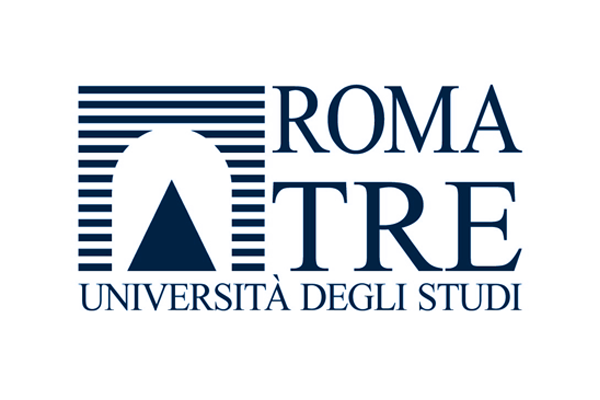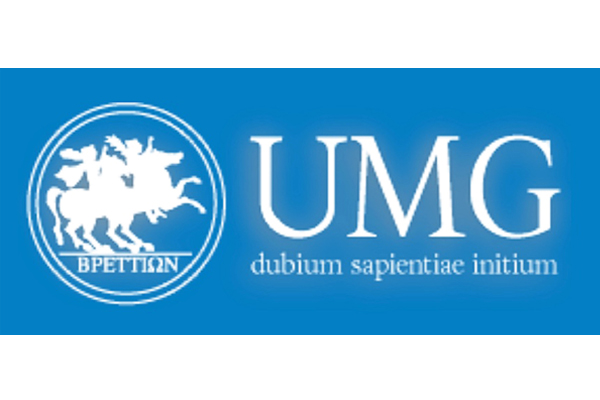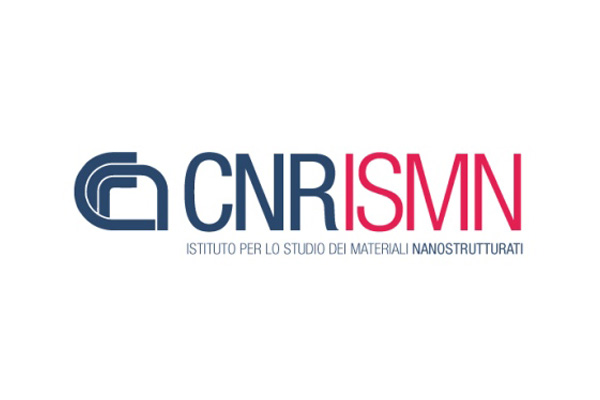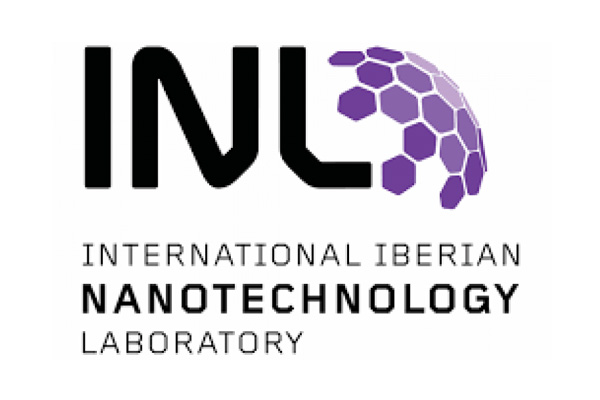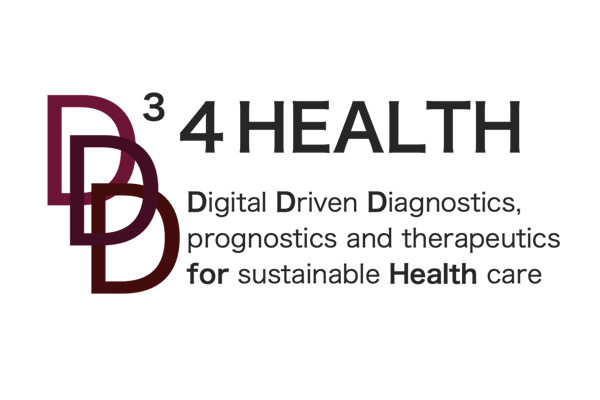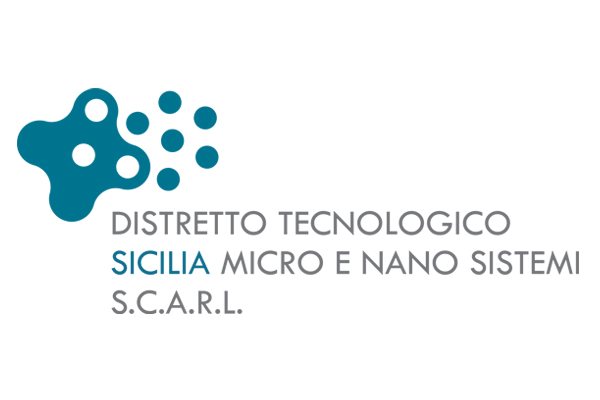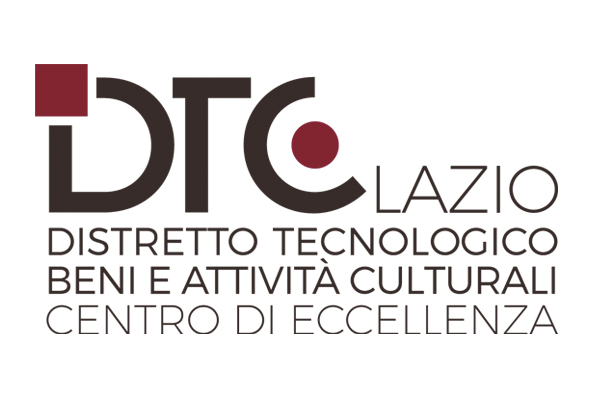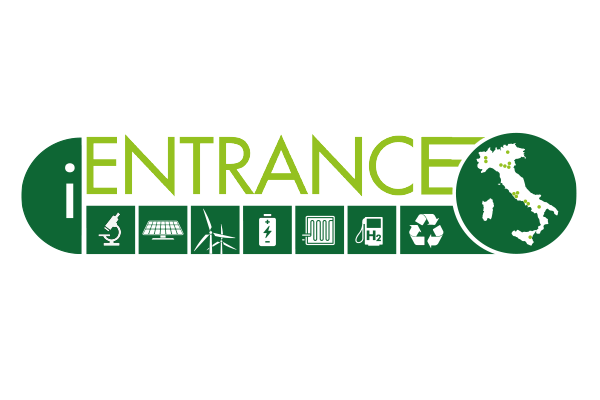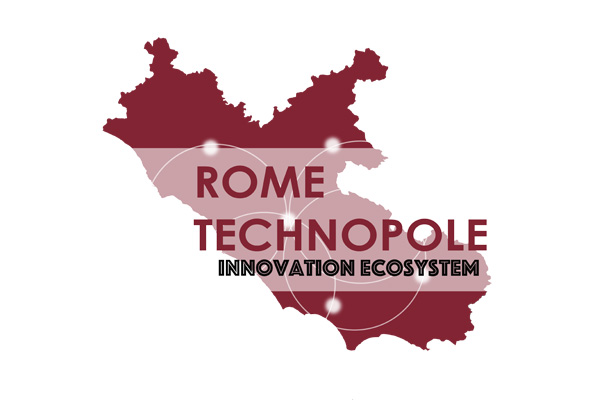| FRESCOES ROOM | ||||||||
|
JE.III 13 September |
||||||||
| Chairs: Antonella MACAGNANO, IIA-CNR & Fabrizio DE CESARE, DIBAF-University of Tuscia | ||||||||
| Co-organized with: | ||||||||
 |
||||||||
|
In today's ever-evolving landscape, the convergence of environmental sustainability and economic prosperity has never been more pivotal. As we confront urgent environmental challenges while nurturing economic progress, the imperative for innovative solutions becomes increasingly clear. Nanobiostimulants emerge as a promising avenue for addressing both imperatives simultaneously. Our workshop is dedicated to uncovering the transformative potential of nanobiostimulants in shaping a sustainable future. Through the utilization of nanotechnology, these pioneering solutions stand poised to revolutionize agriculture, environmental restoration, and economic advancement. Throughout our sessions, we will delve into the myriad environmental benefits offered by nanobiostimulants, their pivotal role in fostering regenerative economies, and the technological breakthroughs propelling their widespread adoption. Together, we'll dissect compelling case studies, deliberate on pertinent policy considerations, and foster collaboration among scientists and a diverse array of stakeholders. TOPICS |
||||||||
| September 13 | ||||||||
| 09:00 - 10:30 UNPACKING THE ESSENTIALS OF PLANT BIOSTIMULANTS JE.III.1 - TT.IX.B |
||||||||
| Chairs: Antonella MACAGNANO, IIA-CNR & Fabrizio DE CESARE, DIBAF-University of Tuscia | ||||||||
| This is the first session of the Joint event on NANOBIOSTIMULANTS, a pivotal moment where we describe how the development of biostimulants in recent decades has significantly contributed to the transformation/evolution of typical intensive agricultural systems toward a more sustainable agricultural model. This Joint event intends to join expert scientists, farmers and companies to discuss the role of plant biostimulants, the future of Agriculture 4.0, the potential of a regenerative bioeconomy, and the potential of converting waste into valuable products. Join us in exploring these cutting-edge topics and unveiling the opportunities they provide to reduce the environmental impact of agricultural practices by fostering innovation. | ||||||||
| JE.III.1.1 TT.IX.B.1 |
Giuseppe COLLA - CV DAFNE-University of Tuscia Microbial and non microbial plant biostimulants: what they are and what they do according to the EU Regulation 2019/1009 |
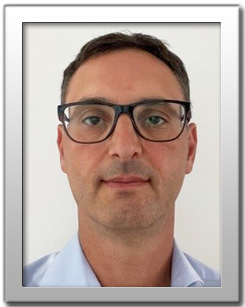 |
||||||
| JE.III.1.2 TT.IX.B.2 |
Francesco PETRACCHINI - CV DTA-CNR, Rome Towards Agriculture 4.0: Environmental impact, sustainability, and innovation, perspectives and opportunities |
 |
||||||
| JE.III.1.3 TT.IX.B.3 |
Giuseppe SCARASCIA MUGNOZZA - CV DIBAF-University of Tuscia Towards a regenerative bioeconomy: Agroforestry and applications from ecofriendly circular nanotechnologies |
 |
||||||
| JE.III.1.4 TT.IX.B.4 |
Annalisa SANTUCCI - CV DBCF-University of Siena Circular bioeconomy as a novel source of bioactive compounds |
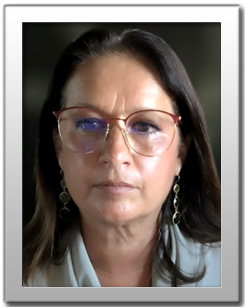 |
||||||
| 11:30 - 13:00 HARNESSING NANOTECHNOLOGY FOR A GREENER FUTURE WITH NANOBIOSTIMULANTS JE.III.2 - TT.X.B |
||||||||
| Chairs: Antonella MACAGNANO, IIA-CNR & Fabrizio DE CESARE, DIBAF-University of Tuscia | ||||||||
| This is the second session on NANOBIOSTIMULANTS, where we explore in detail the potential of nanotechnology in improving sustainable agriculture. This session features a series of insightful presentations that delve into the innovative use of nanomaterials and nanotechnology to support and possibly enhance crop production, promote sustainability, and within a circular economy model. The possibility both to obtain nanomaterials from waste and to convert waste into valuable agricultural products like nanobiostimulants will be firstly investigated. Then the creation and application of nanohybrids derived from biological waste for various applications will be explored. Besides, the posibility to employ microorganisms in nanobiostimulants formulations and even to combine, integrate or encapsulate microorganisms with or into nanostructures to finally enhance plant growth will be analysed. In conclusion, cases of study based on electrospinning techniques to develop innovative nanobiostimulants supporting sustainable agriculture will be presented. Join us to discover the innovative approaches and opportunities these advanced biostimulants provide to reduce the environmental impact of agricultural practices by fostering innovation. | ||||||||
| JE.III.2.1 TT.X.B.1 | Daniele DEL BUONO - CV DSA3-University of Perugia Nanomaterials from waste for a sustainable nano-circular economy. Biostimulant effect of nanoscaled lignin and biogenic nanoparticles |
 |
||||||
| JE.III.2.2 TT.X.B.2 | Fabrizio DE CESARE - CV DIBAF-University of Tuscia Microbial biostimulants: From traditional to nanomaterial-based formulations |
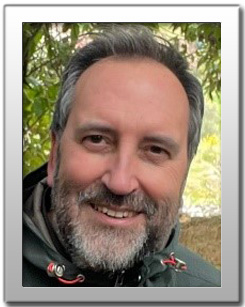 |
||||||
| JE.III.2.3 TT.X.B.3 | Giuseppina LUCIANI - CV DICMAPI-University of Naples "Federico II" Nanotechnology meets sustainable agriculture: Nanohybrids from biowaste |
 |
||||||
| JE.III.2.4 TT.X.B.4 | Antonella MACAGNANO - CV IIA-CNR, Rome Transforming agriculture: Electrospinning nanobiostimulants for sustainable grow |
 |
||||||
| 14:00 - 16:00 COLLABORATING FOR A SUSTAINABLE FUTURE: JOINING INDUSTRY, AGRICULTURE, AND SCIENCE FOR NANOBIOSTIMULANT DEVELOPMENTS JE.III.3- TT.XI.B |
||||||||
| Chairs: Antonella MACAGNANO, IIA-CNR & Fabrizio DE CESARE, DIBAF-University of Tuscia | ||||||||
| This is the third session on NANOBIOSTIMULANTS, where we will compare the requests of organic farmers experiencing sustainable approaches in crop production with the offer and perspectives of the biostimulants market represented by some biostimulants manufacturers and the problems the latter have in respecting the legislation or for the lack of regulations at the local and international levels. The know-how of typical Italian biostimulant manufacturers will be presented. Their expectations towards nanotechnologies and the possible innovations that their recruitment can induce towards sustainable agriculture will be investigated and compared with the latest experiences in this integration by a manufacturing startup. Novel possibilities derived from biowaste conversion into valuable resources will be presented based on the use of the relative biobased polymers, substances, and entire extracts by harnessing nanofiber technologies. Specifically, the pioneering development of multifunctional nanostructured materials based on agricultural byproducts and supporting plant growth through the release of functional molecules or hosting beneficial bacteria will be described, and some preliminary results will be discussed. | ||||||||
| JE.III.3.1 TT.XI.B.1 |
Leonardo DRAGONI - CV Italpollina-Hello Nature, Verona The evolution from Italpollina to Hello Nature for a global approach to sustainable fertilization |
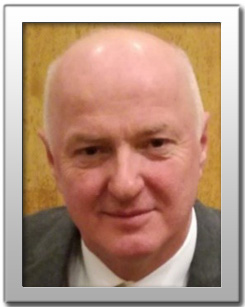 |
||||||
| JE.III.3.2 TT.XI.B.2 |
Sarai AGUSTIN-SALAZAR - CV IPCB-CNR, Naples Characterization of multifunctional nanofibrous systems using hazelnut shell derivatives |
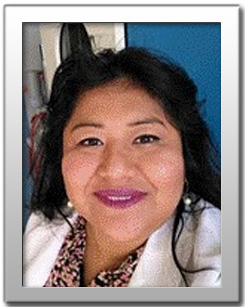 |
||||||
| JE.III.3.3 TT.XI.B.3 |
Valentino RUSSO - CV & Damiano SPAGNUOLO - CV Promethea biochem solutions, Taranto Beyond Nutrients: The Role of Macroalgae Derived Growth Regulators in Sustainable Agriculture |
 |
 |
|||||
| JE.III.3.4 TT.XI.B.4 |
Massimo MARI - CV DIITET-CNR, Rome Innovative nanofibers from agro-industrial waste: Pioneering circular economy solutions |
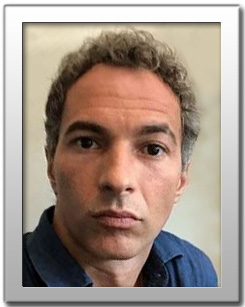 |
||||||
| JE.III.3.5 TT.XI.B.5 |
Mimmo SCOLLO - CV Originy S.r.l, Catania Microalgae bioreginery for nutraceuticals and agriculture, industrial experience in Green Extraction and future prospects |
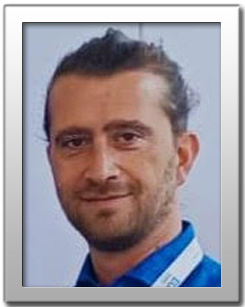 |
||||||
| JE.III.3.6 TT.XI.B.6 |
Bruna MATTURRO - CV IRSA-CNR, Rome Colonization of sustainable nanotissue derived from agricultural waste by Kosakonia radicincitans and its potential application |
 |
||||||
| JE.III.3.7 TT.XI.B.7 |
Antonio DI NARDO - CV Huber AgroSolutions, Bologna Nanomaterials or Nanobiostimulants: When Will We Have a Legally Recognized Definition? |
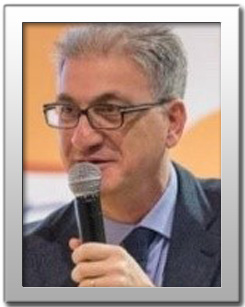 |
||||||
| JE.III.3.8 TT.XI.B.8 |
Anita MAIENZA - CV IBE-CNR, Rome Nanofiber technology as support to plant and root development: Results from tomato pot experiments |
 |
||||||
| JE.III.3.9 TT.XI.B.9 |
Claudio CARAMADRE - CV Biodistretto Etrusco Romano Future-proofing agriculture: The role of Etruscan-Roman Bio-district in sustainable development |
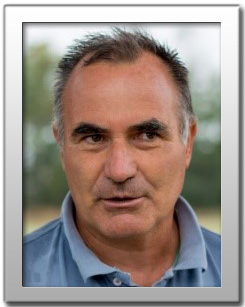 |
||||||
| Go to Plan 13 September | |||





